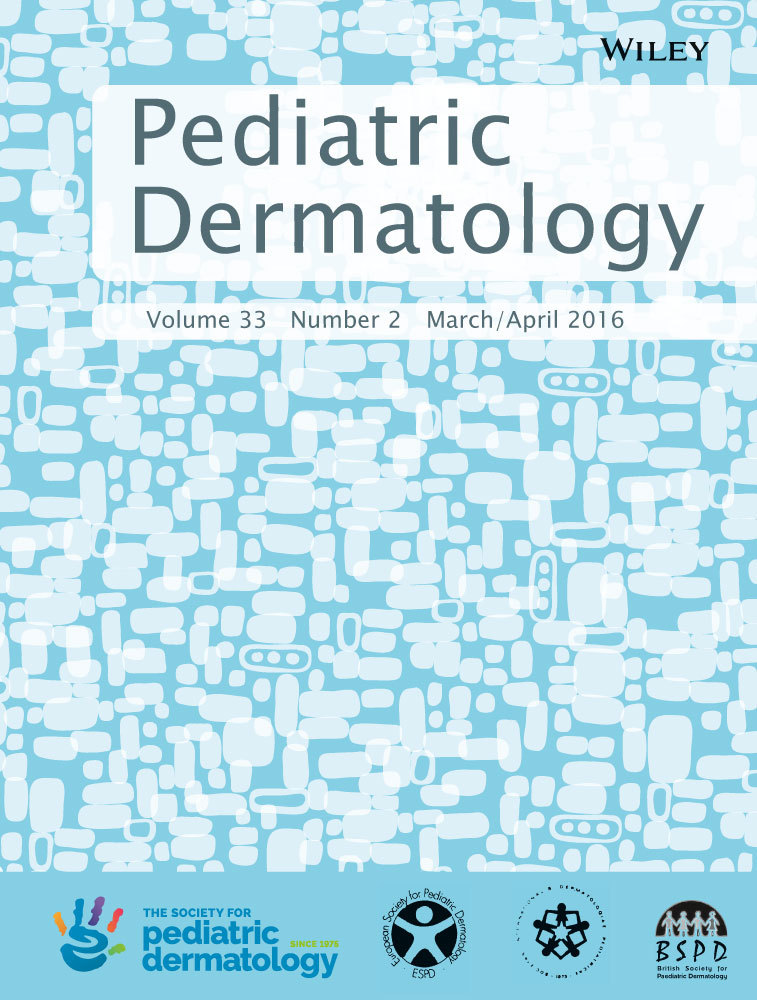Erythema Ab Igne in Three Girls with Anorexia Nervosa
Abstract
We present three girls with the eating disorder anorexia nervosa (AN) presenting with erythema ab igne (EAI), a benign, reticular, erythematous dermatosis caused by repeated prolonged skin exposure to mild heat. AN has been associated with abnormal peripheral vascular response to cold, vasoconstriction of the limbs, low hand blood flow, exaggerated response to cold stimuli, subnormal core temperature, and a general feeling of cold that may encourage prolonged heat exposure and induce EAI.




